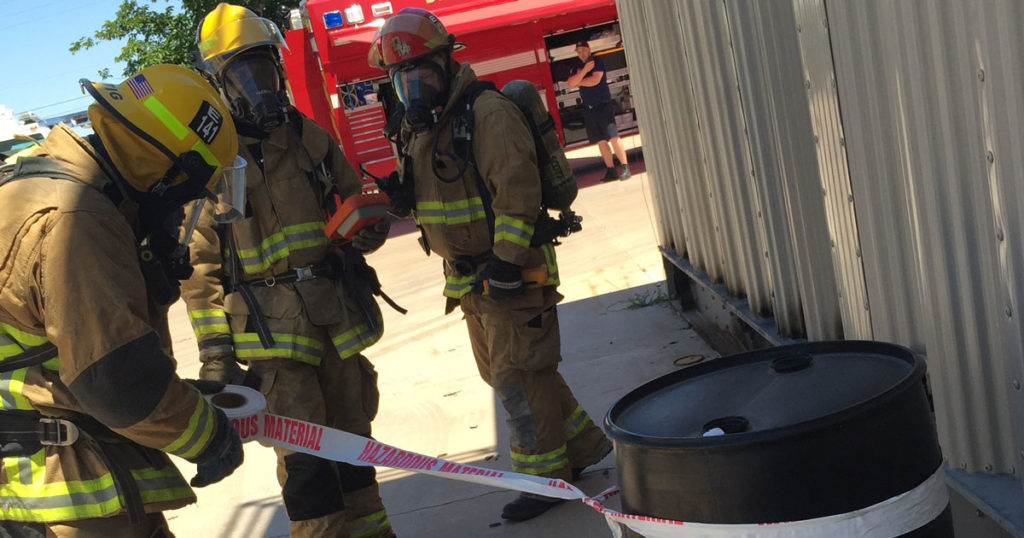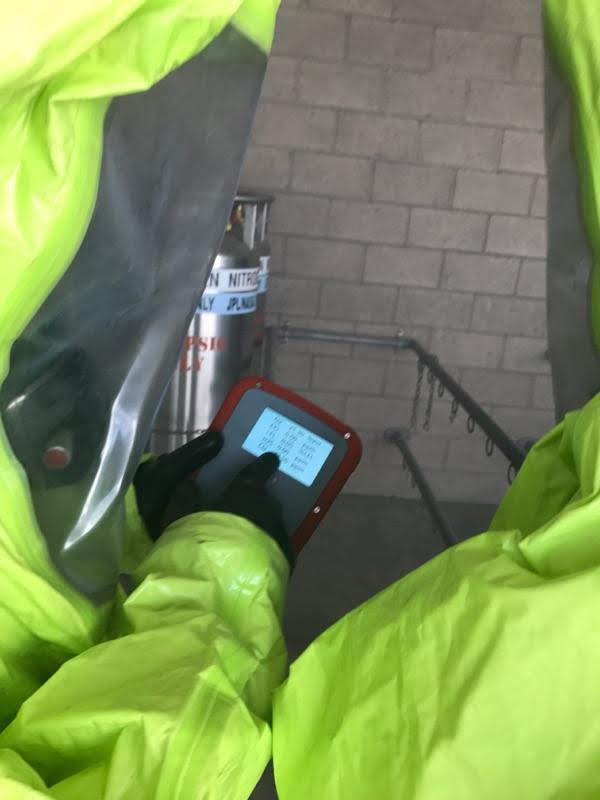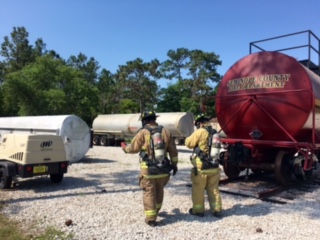Here’s a great tool to springboard into refresher hazmat training!
Even the most hazmat-phobic firefighter understands that chemical agents are added to odorless natural gas to make it obvious when there’s a leak. Beyond that most baseline of basic knowledge, firefighter understanding how odor agents work and how to detect the danger behind the smell can be all over the map.
Whether you teach hazmat to new cadets, conduct annual refresher courses or lead a team of firefighters into hazmat scenarios, having them up to speed on this topic is key to everyone’s safety.
Many of us associate the National Institute for Occupational Safety and Health with their firefighter line-of-duty death investigations and the subsequent reports. Yet this branch of the Center for Disease Control does a lot more in the field of fire research and education.
NIOSH recently issued a two-page Safety Advisory on odor fade in natural and propane gases. This is a great handout and springboard into this topic for your next hazmat class. It is critical to teach or remind firefighters that the methyl mercaptan in natural gas and the ethyl mercaptan in propane are not a reliable indicator of the presence of either gas.
The first, and most timely, reason is that our sense of smell is not reliable. Anosmia (inability to smell), hyposomia (reduced sense of smell), and nasal inflammation can interfere with the ability to smell mercaptan. Thanks to Covid-19, these conditions are not the outliers they once were. Loss of smell is a main symptom of Covid-19.
Nature reports that one study shows that 96% of those with Covid-19 had some olfactory dysfunction. And many who have recovered from the disease report lingering effects sometimes a year after they’ve recovered, which includes odors being warped and unpleasant.
Even when a person’s sense of smell is functioning properly, there’s still reason not to trust mercaptan. And if the firefighter is wearing SCBA, sense of smell is moot. If the firefighter is not, by the time he smells the substance, it can be too late.
Much like freshly poured concrete or a cast iron skillet, pipelines and storage tanks need time to cure. Newer transport and storage systems will essentially suck the mercaptan out of the gas, absorbing it. This, of course, diminishes the odor agent’s quantity and effectiveness. The Safety Alert says this is especially true for large-diameter steel pipes and tanks, but can also happen in smaller diameter polyethylene lines.
The odorant can also be absorbed through materials it comes in contact with while leaking. This can include plywood, drywall, soil and concrete.
Of course this reinforces the need to aggressively teach what we already know — that our senses alone cannot be trusted when it comes to hazmat. It means hammering home the importance of testing with a meter. It means ensuring that those meters are properly maintained, powered and calibrated.
It also means that firefighters must be as comfortable with using a meter as they are with a halligan. They need to be confident with the meter when the stress level is high and conversely not complacent about testing when the call seems routine.
And they need to be confident that they can trust the meter, and know when they can’t trust it. This goes back to hands-on training.
Simulation technology, like HazSim, is the key to getting realistic hands-on experience where students can see meter readings change in real time. So, one drill using HazSim would be to set up a perimeter on a gas leak. The student must show proficiency with proper search technique, scanning high and low, and using the readings to accurately draw the perimeter lines, recommend evacuation or shelter in place, and remove ignition sources.
This NIOSH Safety Advisory is a great starting tool to further train, or re-train, your firefighters for hazmat calls.



